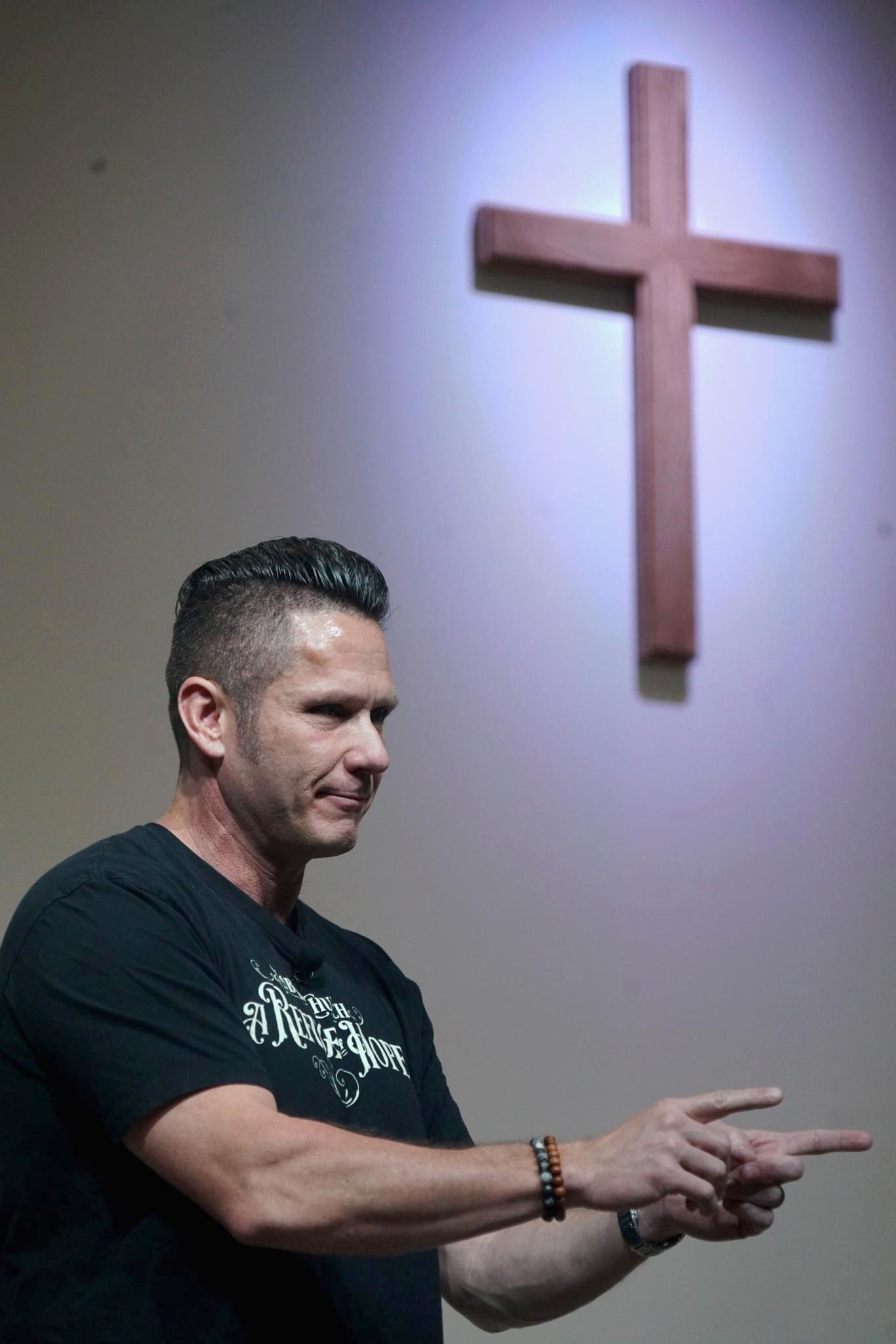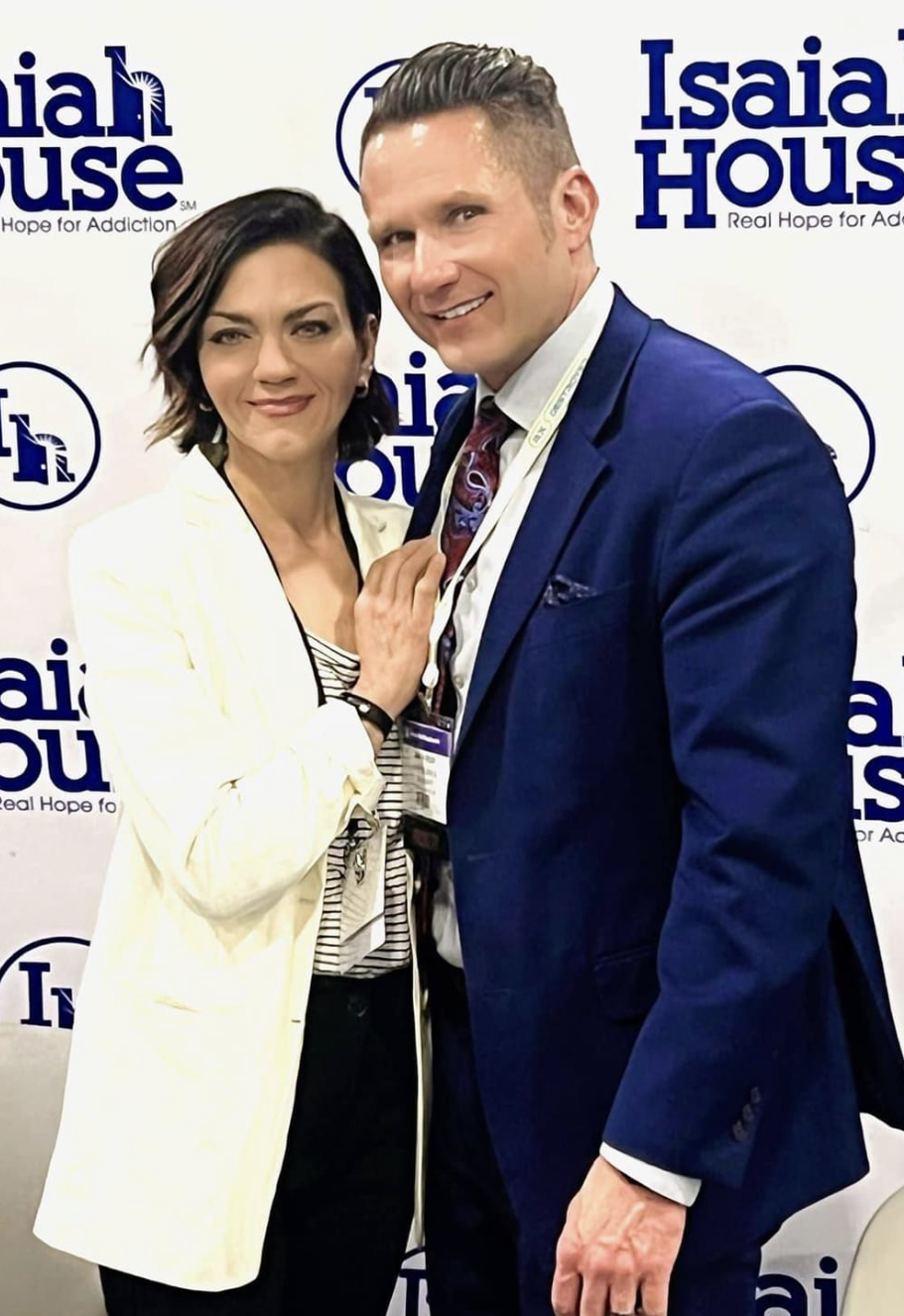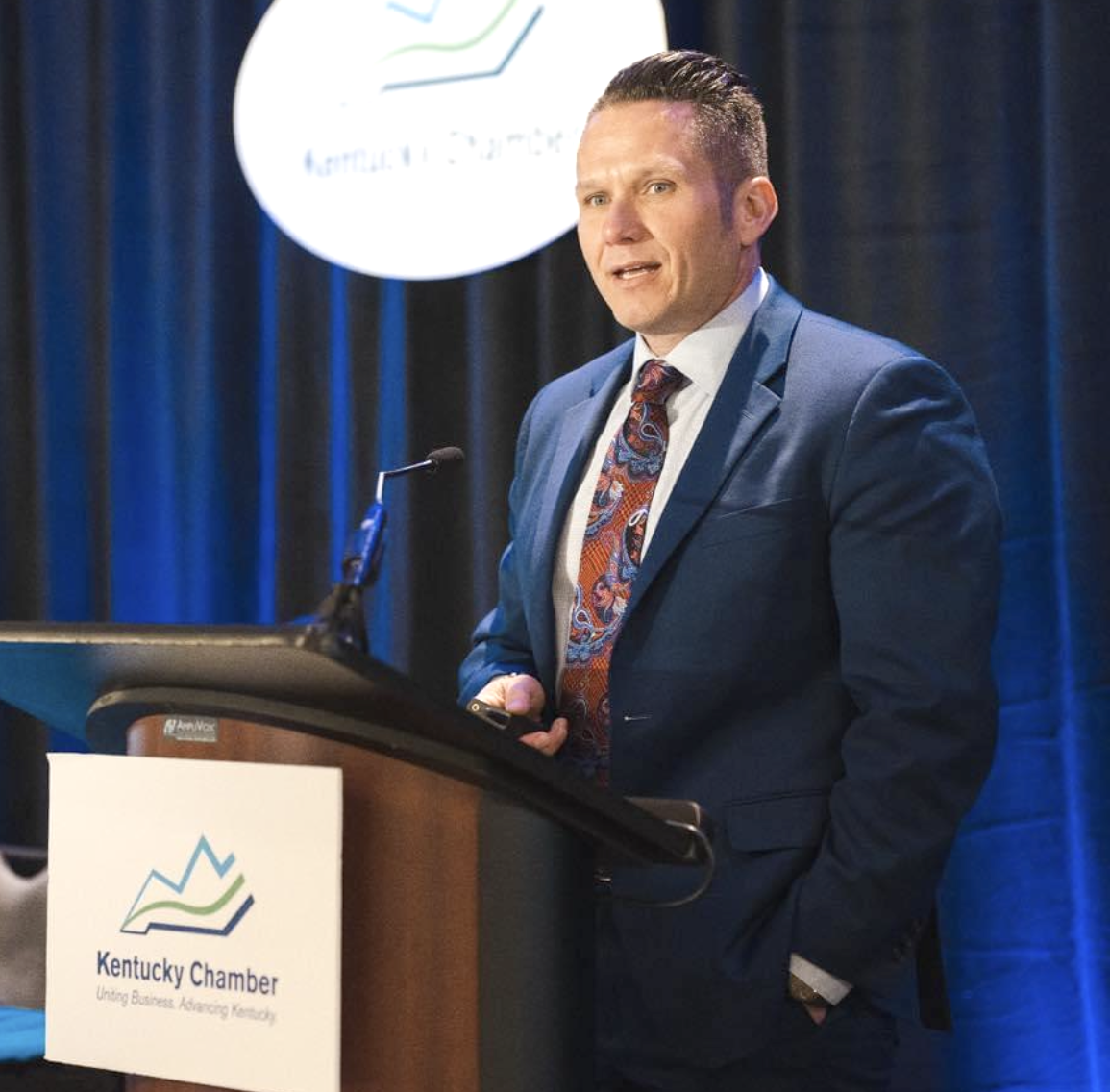Jason Roop came from a good family. He didn’t do drugs. Didn’t drink alcohol. After he graduated from high school in 1994, he went to college. Then the drinking and marijuana use started.
It was the summer of 1996 when he took two Xanax pills that changed his life. His drug use expanded to opiates. Jason was able to graduate with a bachelor’s degree in psychology, but it was cocaine, opioids, and benzos at which he really excelled.
He took a job he loved as sports editor for the Middlesboro Daily News. But Jason also had an insatiable appetite for drugs. He then moved on to co-editor for sports at the Harlan Daily Enterprise.
Whatever the problem – relationship troubles, boredom – his remedy was drugs. They were his default response, and they consumed him.
At a low point in 2002, Jason moved to Indianapolis, and stayed with a family member. He spent the summer installing chain link fences, and the change of scenery temporarily helped him stop using drugs. Jason then worked for Rolls Royce, where he worked his way up to become global logistics supervisor.
Then one day, out of curiosity, he looked online to see if he could purchase pain pills. This was during the height of the pill mills in Florida. Jason provided his credit card, then after a three-minute phone consultation with a doctor, he was prescribed three different pills, which were delivered to the loading dock at Rolls Royce. Eventually, through doctor shopping, Jason was getting 3,000 pills delivered each month.
On the outside, everything looked great. Jason was married and going to church every Sunday. But then he was so high at work that he couldn’t hold his head up. He was fired from Rolls Royce and a couple of other jobs. Legislation then passed that required a face-to-face visit for a pain pill prescription, so his supply dried up.
He then approached a pizza delivery guy, who said he couldn’t get pain pills but could get heroin. Jason never thought he would be an IV drug user, but he was hooked immediately and began a whole new level of destruction.
Jason moved back to Cumberland Gap and, through friends and acquaintances, was able to purchase pills – so many, in fact, that when he was arrested, the police thought he was trafficking. But it was all for personal use. Jason got divorced. He lost his home. He lost everything.
By 2010, he was using and making crystal meth. He was no longer recognizable – externally or internally. Jason felt like a monster. He told his mom that he needed psychiatric help and didn’t want to live any more.
One of his mom’s friends ran a homeless shelter in Henderson, so he moved there and was drug free for a while. But when he got a job at Tyson Food Hatchery and a paycheck, he used it to buy drugs. Jason was thrown out of the shelter when drugs were found, and he lived in abandoned homes or homes under construction for about a year.
Jason finally called his mom, who came to pick him up and handed him a business card for Isaiah House. As soon as he touched the card, he knew it was exactly what he needed — waking up for 5:30 a.m. Bible study, cleaning toilets, and understanding that he wasn’t alone. For the first time, he realized that there were other people like him. It was a source of strength for him, and he learned to surrender and let go.
“Life is beautiful. Not easy, but beautiful.”
He married Amanda in 2014 and the next day graduated from Isaiah House. Jason earned his master’s in theology from Campbellsville University, started working there, and is now executive director of the university’s Technology Training Center. He is also a licensed pastor for Asbury United Methodist Church in Campbellsville.
Last year, Jason earned his PhD with a dissertation on leadership traits of people with substance use disorder. He has created a new recovery model that works from strength. The Trait-Based Model will launch next month across eight locations, including residential treatment centers, outpatient providers, and as part of the pretrial diversion program for the Albuquerque, New Mexico, District Attorney’s office.
“Too often, the focus is on weakness. But people have assets and strengths to be explored. They need to know they aren’t just a problem that needs fixing, not just a disappointment. They are strong and beautiful.”



